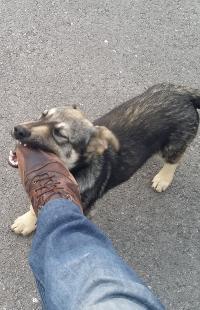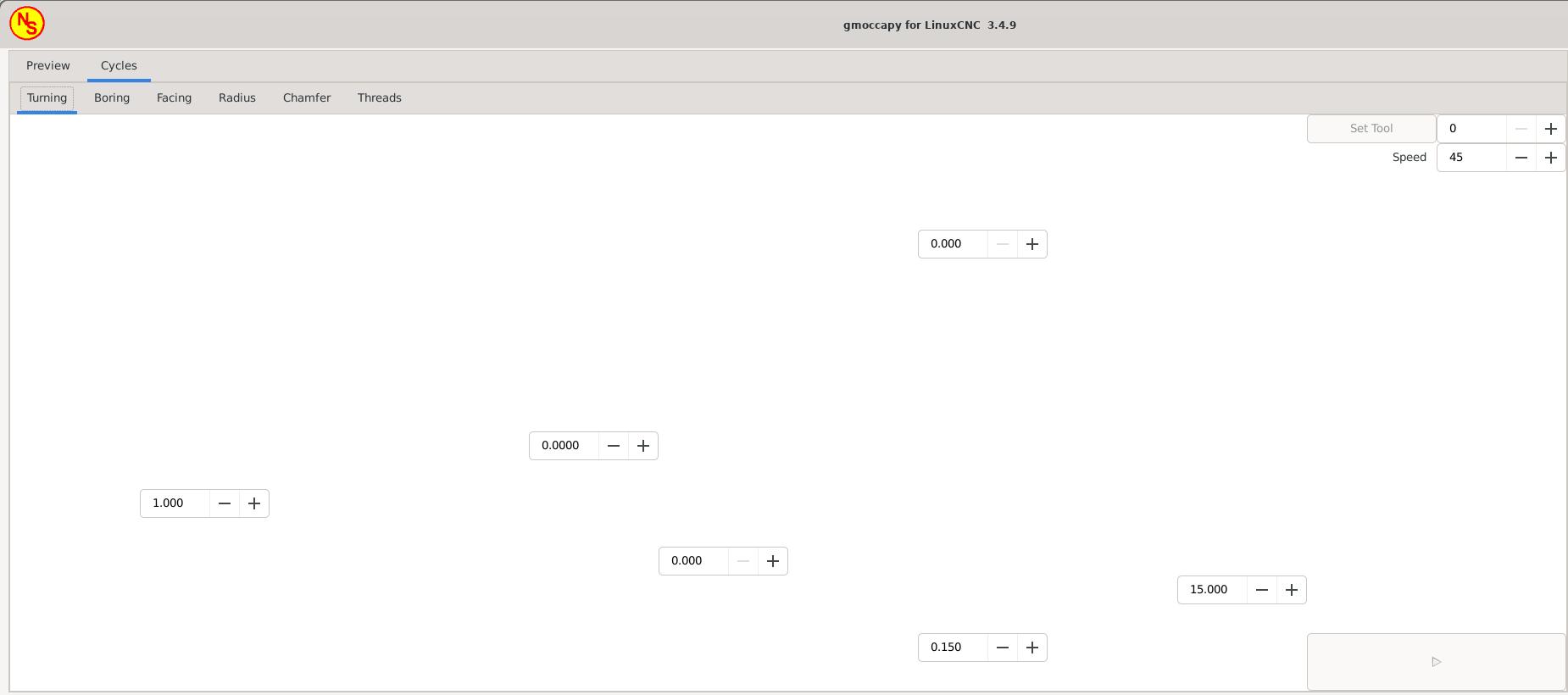Search Results (Searched for: )
- Hakan
- Hakan
19 Dec 2025 09:36
Replied by Hakan on topic EtherCAT master xml file for Yaskawa Sigma Servo motor?
EtherCAT master xml file for Yaskawa Sigma Servo motor?
Category: EtherCAT
- tar_san
- tar_san
19 Dec 2025 06:25
EtherCAT master xml file for Yaskawa Sigma Servo motor? was created by tar_san
EtherCAT master xml file for Yaskawa Sigma Servo motor?
Category: EtherCAT
- newbynobi

19 Dec 2025 06:00
Replied by newbynobi on topic Linuxcnc 2.9.x and Glade GTK3 display issue
Linuxcnc 2.9.x and Glade GTK3 display issue
Category: Gmoccapy
- kello711

19 Dec 2025 03:28
Replied by kello711 on topic 7i96S card arrived what setup is recomended
7i96S card arrived what setup is recomended
Category: Driver Boards
- tommylight

19 Dec 2025 02:35
Replied by tommylight on topic Bitfile for Mesa 7i96s + 7i85 (+Modbus (PKT-Pin))
Bitfile for Mesa 7i96s + 7i85 (+Modbus (PKT-Pin))
Category: Driver Boards
- LearningLinuxCNC

19 Dec 2025 02:19
Pico Universal PWM Won't boot Random pins not working was created by LearningLinuxCNC
Pico Universal PWM Won't boot Random pins not working
Category: Driver Boards
- PCW

19 Dec 2025 01:18
Replied by PCW on topic Bitfile for Mesa 7i96s + 7i85 (+Modbus (PKT-Pin))
Bitfile for Mesa 7i96s + 7i85 (+Modbus (PKT-Pin))
Category: Driver Boards
- tommylight

19 Dec 2025 00:30
- tommylight

19 Dec 2025 00:26 - 19 Dec 2025 18:35
Replied by tommylight on topic Bitfile for Mesa 7i96s + 7i85 (+Modbus (PKT-Pin))
Bitfile for Mesa 7i96s + 7i85 (+Modbus (PKT-Pin))
Category: Driver Boards
- Muzzer
- Muzzer
18 Dec 2025 22:12
Replied by Muzzer on topic Updating from LINUXCNC - 2.8.4-23, Mint 20.3 - gmoccapy lathe structure
Updating from LINUXCNC - 2.8.4-23, Mint 20.3 - gmoccapy lathe structure
Category: Gmoccapy
- mmt
- mmt
18 Dec 2025 20:53
Linuxcnc 2.9.x and Glade GTK3 display issue was created by mmt
Linuxcnc 2.9.x and Glade GTK3 display issue
Category: Gmoccapy
- scotta

18 Dec 2025 19:52
- Pinaz993
- Pinaz993
18 Dec 2025 18:22 - 18 Dec 2025 18:23
Replied by Pinaz993 on topic Usable Interface for CNC Turntable on Manual Mill
Usable Interface for CNC Turntable on Manual Mill
Category: Other User Interfaces
- Pinaz993
- Pinaz993
18 Dec 2025 18:12
Replied by Pinaz993 on topic User name rpi-first-boot-wizard
User name rpi-first-boot-wizard
Category: Installing LinuxCNC
- DerKlotz
- DerKlotz
18 Dec 2025 16:21
Replied by DerKlotz on topic Error finishing read! Mesa 7i76e
Error finishing read! Mesa 7i76e
Category: Driver Boards
Time to create page: 0.246 seconds

